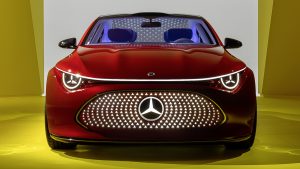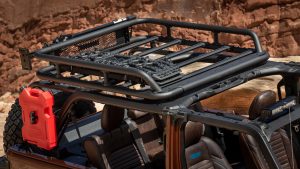In their pursuit of optimal costs, automakers have created many options between producing the whole car in the destination and importing it finished from its home country

- Car production has many variations, each one suitable to a different situation
- Knocked down kits have become popular because of their overall flexibility
- Here, you are going to read more about CKD, SKD and the other solutions
Take a look at the products around you. How many were made in the country where you live? In times of intense globalization, it is quite common for us to use products which were built many miles away.
The main reason is cutting costs, of course, but it is easier to guess than to understand. After all, how can setting a factory far away and having products come back be cheaper than just building them locally?
It turns out that several other factors are involved. Labor, raw material, sales, taxes, and transportation are only some of them. Finding the best combination of them can easily slash millions in operational costs.
Since companies have a permanent need to slash those millions, they are always looking for new ideas to try. The interesting outcome is that they often end up subverting some of our notions in these topics.

Automotive production
Many decades ago, most carmakers would operate primarily in their home country. Therefore, they could simply build a factory there and ship cars all over the region. But it is obvious that they would want more.
Venturing into a new region can bring more buyers, sure, but it is not easy. Everything is uncertain, from people’s reception to the available workforce. And it becomes harder if there are domestic competitors.
Building a local factory requires a high investment whose return will only come over several years if things effectively go well. It is simply too risky for small automakers and/or for their first years in a new country.
The opposite strategy is to import cars, but it is tricky for several reasons. Over time, the industry created the wide spectrum of options we are going to show here. Each one has its optimal field of application.
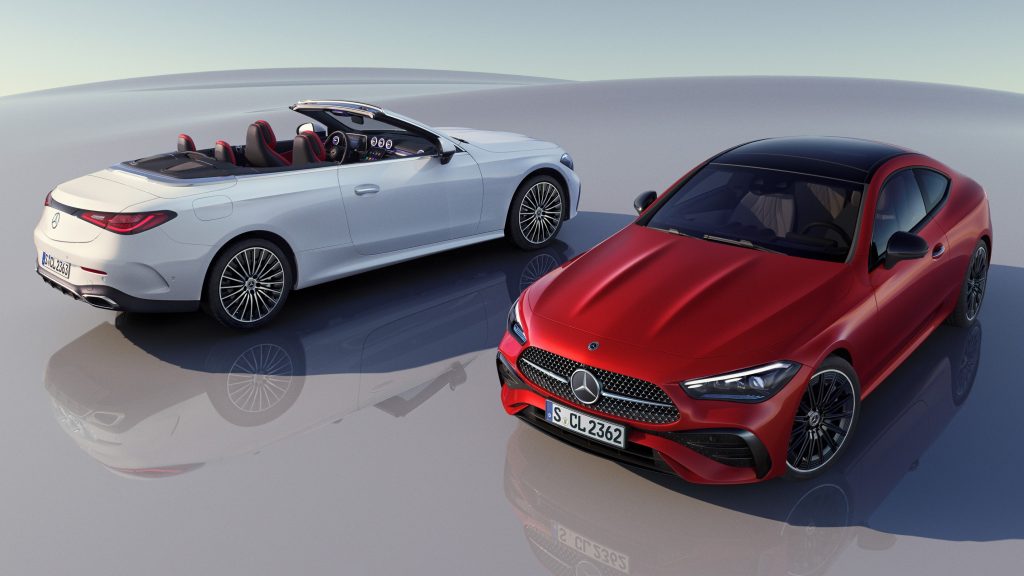
Local design and manufacture
Let us start with the most intuitive scenario. The Mercedes-Benz CLE, for example, comes from a German automaker and is built in Bremen. In Germany, we consider it a locally designed and manufactured car.
Local operation often spurs national pride, since it brings overall development to the region. Besides that, the simple logistics allows a consistent supply of cars and spare parts for dealerships and repair shops.
The company also has freedom to create unique versions of its car. They can cater to the local taste even better, which is great to boost sales. Mercedes-Benz often does that with electrified versions in Europe.
Now, we have to remember that companies only have one home country. Strategies as you saw here are simply very rare. When it comes to local car production, it is much more common to see the next type.
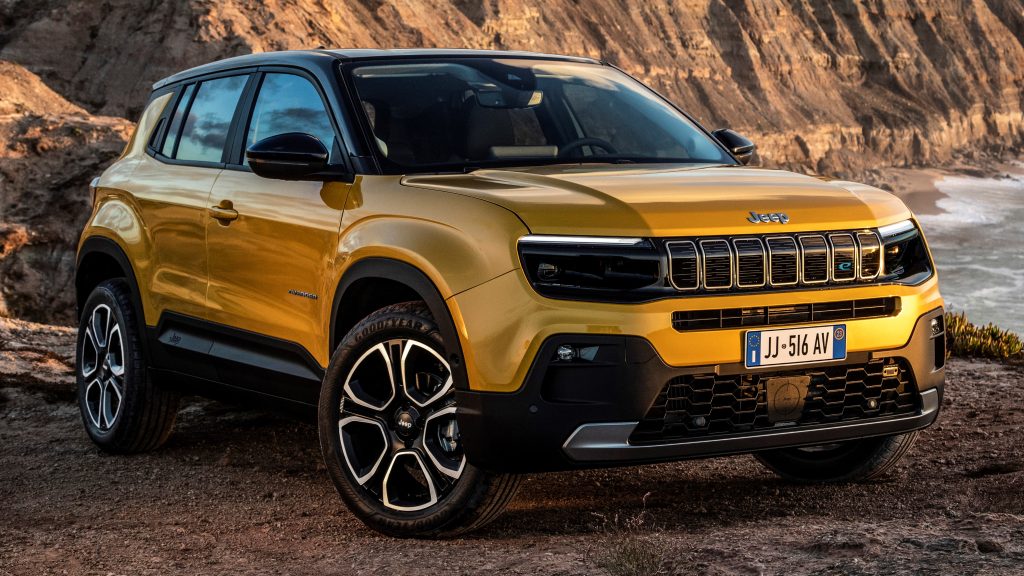
Foreign design, local production
The Jeep Avenger comes from a North American brand but is produced in Tychy, Poland. Parent company Stellantis made that decision because the model is going to be available primarily in European countries.
In this case, we can say that only the brand image was imported. The car follows many guidelines, such as about visual identity and target audience, but it is produced at the destination mostly for local buyers.
This production strategy is popular because it joins advantages. The maker can expand a strong brand to a new region and operate with the consistency of a local factory. Both are bulletproof sales arguments.
Now, that case was relatively easy to implement because Jeep is part of the Stellantis conglomerate. There are cases where the expected production volumes are too low to warrant building a whole local factory.
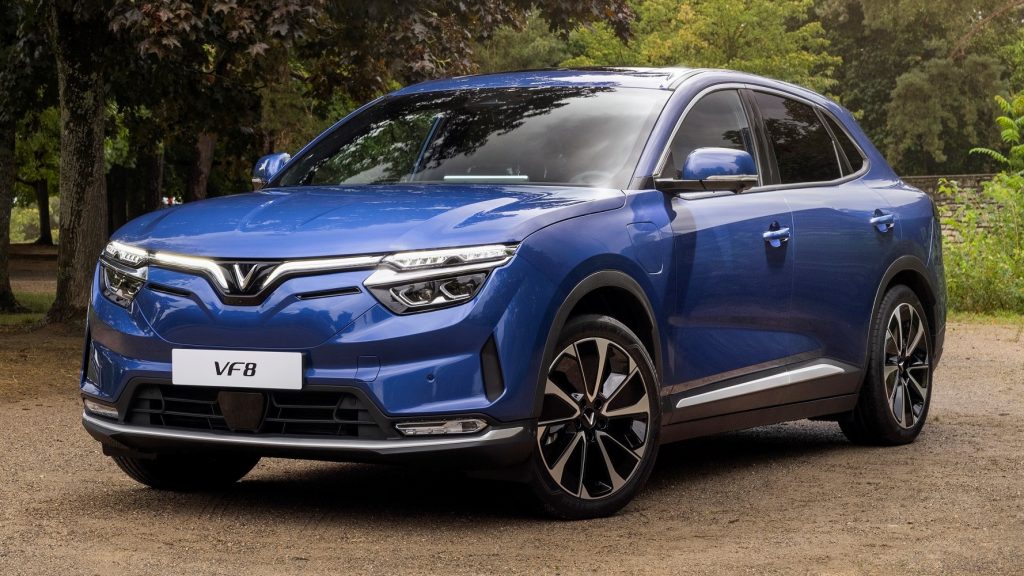
Complete knock down (CKD)
Here, the origin factory supplies all the necessary parts and ships them to the destination. That plant will assemble the entire car and prepare it for sales. As a result, more tasks are handed to the local factories.
Since this strategy ships smaller items, it offers more flexibility. Parallel to that, the local factory gets more tasks to do, so it can generate more jobs and be even more valuable for the region where it is installed.
CKD production is often used when there is potential for high sales. As they improve at the destination, the local branch may switch to local parts as well, which would transform the case into the previous one.
VinFast has been trying to expand its operations outside Vietnam, and it is planning to use CKD for that. We can expect to see the company assembling several car models in India, one of them being the VF8.
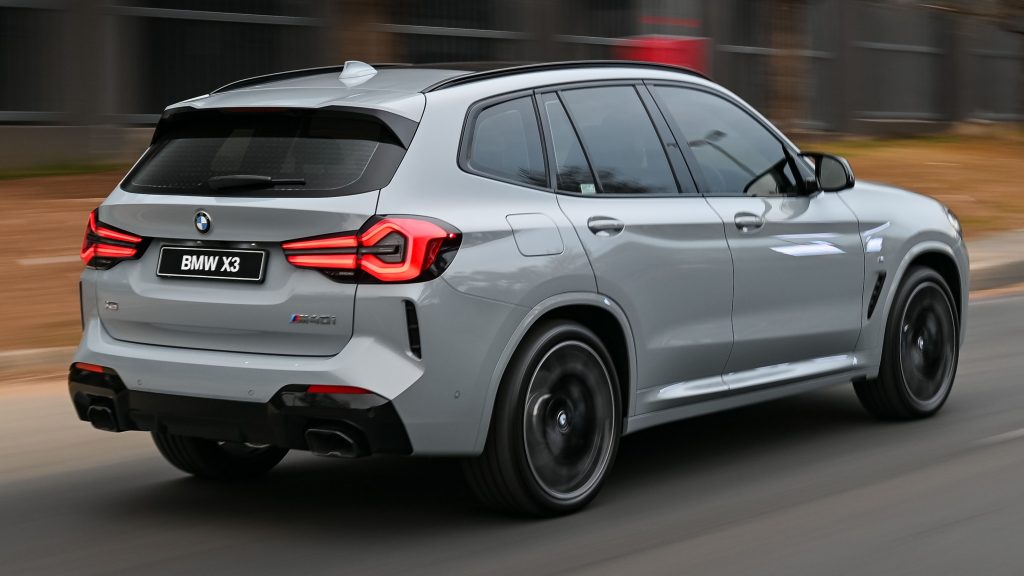
Semi knock down (SKD)
This is a car production strategy where the origin factory ships parts of cars rather than the final product. The destination plant finishes the assembly and undergo quality inspections and testing before the sale.
By using SKD kits, the company can concentrate the bulk of its production process in fewer factories. That keeps their idle capacity low and requires smaller and simpler plants elsewhere, which are also cheaper.
Another benefit is that, even though those local factories are small, they still create job positions. Besides, they are often eligible for tax incentives from the local government just like a regular factory would be.
BMW offers the X3 in Brazil through SKD production in the Araquari plant. This strategy is appropriate for a small luxury SUV because its sales are too low for local production and too high to be fully imported.

Completely built-up (CBU)
We have full import at the opposite end of the spectrum. This strategy consists of the company designing and producing the car at the origin. It goes to its destination prepared to be sold to the end consumer.
This strategy is simple to implement because all foreign branches only work with sales and maintenance. It is also easier to start, expand, reduce, or finish the offering of any car model at the destination branch.
CBU production is popular among luxury and sports cars because their production volumes do not justify building other factories. Besides, there are cases when that specific origin is a strong part of their image.
Rolls-Royce, for example, concentrates its current production at the Goodwood plant. It offers a complex customization program to its clients, so it is essential that all the related activities stay at the same place.

Are there any other cases?
Yes, but they are less common. For example, there are times when an automaker has such good reception that its local branch gains a “life” of its own. Brazil, China, India and the USA are common cases for that.
In short, that branch earns autonomy to develop its own projects rather than only building those from the headquarters. The Hyundai HB20, for example, spawned a whole line with focus on the Brazilian market.
Another case is often named Built-up for Export (BUX): all units are shipped abroad. That may occur when the factory’s country offers low operational costs and/or when the car model would not sell much there.
Toyota built the Etios in Brazil to supply Latin America as a whole. Brazil had the car discontinued in 2021 because of low sales, but the local plant kept building it for the other countries, where it still does well.

When to use each strategy?
At first, it depends on sales expectations. Local production is more advisable for high-selling cars such as compact hatchbacks and sedans. It cuts freight costs and allows dealers to practice competitive prices.
Luxury cars, in turn, benefit from import. That production strategy is easy to update, adds to their prestige and prevents the cost of building a new factory in a situation where such venture is not really necessary.
Naturally, the KD strategies can handle all the cases in between those. I have defined them as a spectrum because there are many different options; it is hard to find a car that could not benefit from any of them.
Now that electric cars are on the rise, we can expect a few changes to happen to that spectrum. Items like the battery pack will probably be concentrated in few countries and shipped abroad as knock down kits.
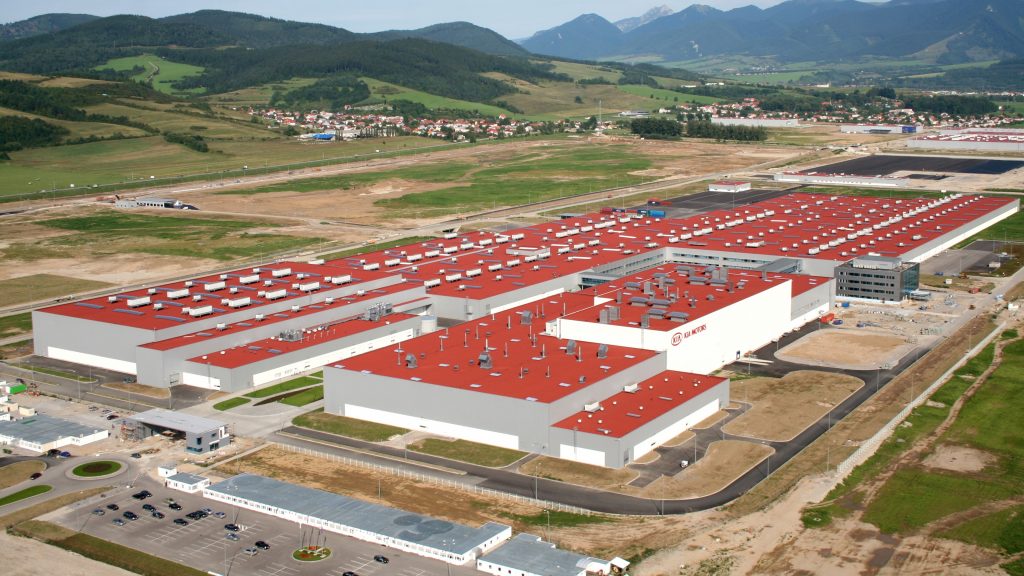
With this article, you have learned a lot about different car production strategies. Now, you will be able to understand more about the topic especially when reading other articles written by the specialized press.
What is the most common production strategy in the region where you live? If you want to make things harder, here is another question: which strategy was employed to offer your car model where you live?
You may also like
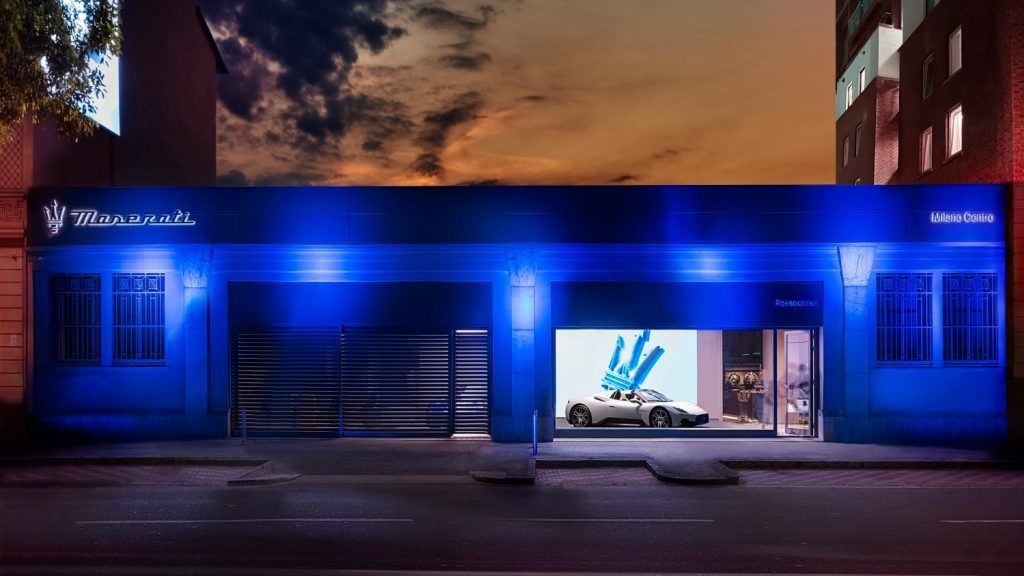
While this post talks a lot about car production, it is also important to discuss how cars are sold. Check out our insights on the latest changes made to their dealerships!
Danillo Almeida has explored his passion for cars in two distinct ways. The first one is his graduation course in Mechanical Engineering, which will hopefully lead to a job position in the field. The other one is expressing his knowledge and opinions on the matter through writing. Almeida has already contributed to blogs, stores, and websites in general writing automotive content in many formats.

